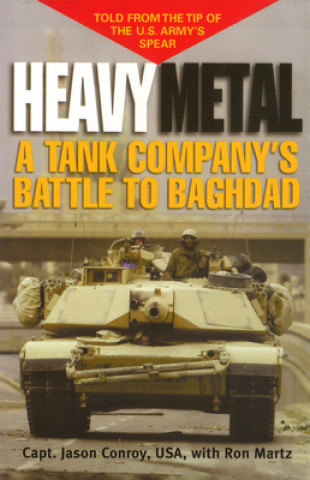
Kód: 04820711
Heavy Metal
Autor Jason Conroy, Ron Martz
During the Iraq War, coauthor Capt. Jason Conroy commanded Charlie Company, which was part of Task Force 1-64 of the 2d Brigade Combat Team, part of the U.S. Army's 3d Infantry Division. A tank unit equipped with mammoth M1A1 Abra ... celý popis
- Jazyk:
 Angličtina
Angličtina - Vazba: Pevná
- Počet stran: 320
Nakladatelství: POTOMAC BOOKS INC, 2005
- Více informací o knize

Mohlo by se vám také líbit
-
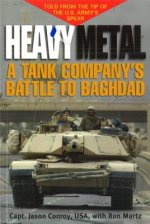
Heavy Metal
544 Kč -

Rock: 101 Iconic Rock, Heavy Metal and Hard Rock Albums
619 Kč -
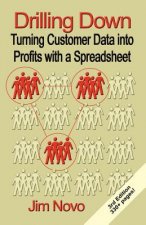
Drilling Down
2786 Kč -

Advanced Drilling Engineering
6581 Kč -
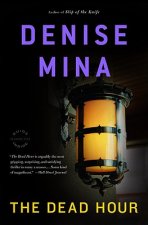
The Dead Hour
568 Kč -
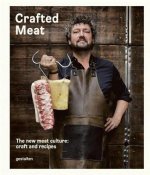
Crafted Meat
1266 Kč -
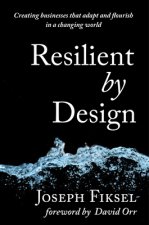
Resilient by Design
868 Kč -
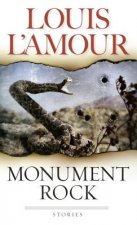
Monument Rock
191 Kč -

Radical Egalitarianism
2500 Kč -

Race Migrations
730 Kč -

Flip-o-storic
507 Kč -
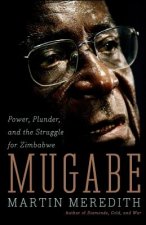
Mugabe
656 Kč -

Advanced Potion Making
915 Kč -
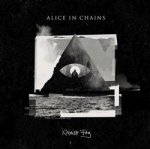
Rainier Fog
555 Kč
Dárkový poukaz: Radost zaručena
- Darujte poukaz v libovolné hodnotě a my se postaráme o zbytek.
- Poukaz se vztahuje na celou naši nabídku.
- Elektronický poukaz vytisknete z e-mailu a můžete ihned darovat.
- Platnost poukazu je 12 měsíců od data vystavení.
Více informací o knize Heavy Metal
Nákupem získáte 93 bodů
 Anotace knihy
Anotace knihy
During the Iraq War, coauthor Capt. Jason Conroy commanded Charlie Company, which was part of Task Force 1-64 of the 2d Brigade Combat Team, part of the U.S. Army's 3d Infantry Division. A tank unit equipped with mammoth M1A1 Abrams tanks, Conroy's company was literally at the tip of the U.S. Army's spear and one of the first elements into Baghdad. Veteran journalist Ron Martz was embedded in Charlie Company. Together, from the unique perspective of an armor unit that was in nearly continuous combat for four straight weeks, Conroy and Martz tell the unvarnished story of what went right and what went deadly wrong in Iraq. Conroy and his soldiers were able to overcome supply shortages, intelligence failures, and miserable weather to battle their way into downtown Baghdad, a place where they were told they would never have to fight. Heavy Metal evaluates the Army's performance, including its use of tactics that were developed during the war but for which the soldiers had never trained. Through the exciting personal stories of the young troopers of Charlie Company - who experienced a very different war from what was seen back home on TV - Heavy Metal tells us much about the qualities of today's American soldier, about twenty-first-century desert and urban warfare, and about how the Army should prepare to fight future wars. Sergeant Scott Stewart saw the tanks first. They were partially hidden in the late afternoon shadows that stretched across the narrow street lined with three-story buildings. The Iraqi T-72 tanks sat nearly side-by-side, the one on the right with its gun tube pointing north, the other close to the curb with its gun tube pointing south, directly at the lead tank in which Stewart was riding. Stewart, only a few months into his job as trigger puller on an M1A1 Abrams, stared into the gunner's primary sight as his seventy-ton tank rounded a corner and slowly moved north through a dingy, dun-colored southern suburb of Baghdad called Mahmudiyah. "Tanks!" Stewart radioed to his tank commander, Staff Sergeant Randy Pinkston. Pinkston, a tall, lanky Texan, was buttoned up inside, peering through the small vision blocks in the commander's hatch. He could not quite make out the shapes of the two objects in the middle of the street about 500 meters ahead. Pinkston looked down the sights of his 50 caliber machine gun and thought the two indistinct blobs looked more like BMPs, Soviet-made amphibious troop carriers, than T-72 tanks. Whatever they were, they were certainly not friendly. Nothing about this entire city about fifteen miles south of Baghdad was friendly. It was home to a portion of the Medina Division, one of Saddam Hussein's vaunted Republican Guard units, and the whole city seemed to be dripping with ill-disguised contempt for us as we made our way through the congested streets. "Firel Fire SABOT! Pinkston ordered, indicating to his loader, Private First Class Artemio Lopez, that he wanted a tank-killing SABOT round loaded next. A High Explosive Anti-Tank (HEAT) round was already in the tube. Stewart planted the sight reticle squarely on the back slope of the tank on the right. The gun switch was set to MAIN, the ammo switch to HEAT. When Stewart heard the fire command he squeezed the triggers on the gunner's handles and the 51-pound HEAT round rocketed out of the tube at more than 4,500 feet per second. "Contact! Tanks! Frontal! Out!" Pinkston barked into the radio to let all of Charlie Company know that we found the tanks that earlier that day we set out to kill. It was 3 April 2003 and the 3rd Infantry Division (Mechanized) out of Fort Stewart, Georgia, was advancing quickly on Baghdad less than two weeks into Operation Iraqi Freedom. We had already traveled farther and faster than any armored unit in history, fighting determined Iraqis most of the way, and were now knocking on Saddam Hussein's palace gates. But first we had to clear pockets of resistance south of Baghdad that we feared would come back to bite us in the butts if we did not render them combat ineffective; that is to say, kill them. As commander of Charlie Company of Task Force 1-64 of the division's 2nd Brigade Combat Team, I was given the job of taking my tank company through the suburb of Mahmudiyah to kill any Iraqi tanks or other armor we found. Charlie was the only tank-heavy company in the task force. Alpha Company, a tank company, got a platoon of infantry from Charlie Rock, the mechanized infantry company, and gave it a platoon of tanks. That mixture gave the task force more versatility. But the task force commander, Lieutenant Colonel Rick Schwartz, kept Charlie Company intact. We were to be his knockout punch with our 14 tanks and one Bradley fighting vehicle that served as our fire support track. Through the first two weeks of the war Charlie Company was often third in the task force line of march. The exception was at our first battle at a place called Objective Rams, where we ran into several hundred near-fanatical Iraqi fighters that our intelligence reports told us were not there. Now we would have another chance to live up to our company motto: "Cobras lead the way." It was a last-minute mission, but the orders given by Schwartz were clear and succinct: "Find tanks and kill them." This is what we as tankers train to do; kill tanks before they kill us. We spent six months in the desert of Kuwait getting ready for this. But the training we did there was for traditional tank warfare; shooting and killing the enemy at distances of 1,500 meters or more. Now we were being ordered to go into a city with restricted maneuver areas, multi-story buildings, and tight corners; perfect tank-killing ground for small groups of fighters who knew where the Abrams was most vulnerable. Few Charlie Company soldiers were trained for urban warfare, none in tanks. It was just not something that tankers did. A few of the officers got a quick lesson or two in urban warfare at the Armor Officer Basic Course at Fort Knox, Kentucky. But they were on foot when they did that, not in a tank. Not since World War II had there been tank battles in cities involving American forces. There were tanks at Hue City during the Vietnam War, but that was largely American tanks against North Vietnamese infantry. Tank-on-tank warfare in an urban environment was not something any of us expected to see. Or wanted to be a part of. We were exploring new territory here, literally and figuratively. Even though we did not realize it at the time, we were about to take all the modern doctrine of tank warfare and stand it on its ear. But what we were to discover this day about ourselves, and about how to fight with tanks in urban areas, would help convince division officials just a few days later to make the final push on Baghdad. And it would set new standards for the use of tanks in a city fight. We got the tank-hunting mission shortly after noon on 3 April. We crossed the Euphrates River about 10 that morning after it was secured by the division's Task Force 1-15 in what appeared to have been a tough but eventually lopsided battle. Destroyed Iraqi vehicles were scattered all along the eastern approaches to the bridge, many still burning. And the smoking bodies of dead Iraqis littered trenches and bunkers on both sides of the road. Prisoners were still being rounded up as we drove through. By late morning we moved into Objective Saints south of Baghdad and were set up at a crossroads next to a canal in the middle of potato fields. We had little opposition getting there, but at the crossroads found a single soldier with an AK-47 dutifully manning his post. When he raised his rifle to fire at Staff Sergeant Jason Diaz's lead tank, the soldiers killed him with a quick burst from one of the machine guns. We dubbed the crossroads Checkpoint Cobra. It was to be our home for the next few days. Just to our east, in the middle of Objective Saints, the brigade set up shop at the intersections of Highways 1 and 8 leading into and out of Baghdad.
 Parametry knihy
Parametry knihy
Zařazení knihy Knihy v angličtině Humanities History Regional & national history
928 Kč
- Plný název: Heavy Metal
- Podnázev: A Tank Company's Battle to Baghdad
- Autor: Jason Conroy, Ron Martz
- Jazyk:
 Angličtina
Angličtina - Vazba: Pevná
- Počet stran: 320
- EAN: 9781574888560
- ISBN: 1574888560
- ID: 04820711
- Nakladatelství: POTOMAC BOOKS INC
- Hmotnost: 602 g
- Rozměry: 165 × 237 × 31 mm
- Datum vydání: 30. January 2005
Oblíbené z jiného soudku
-
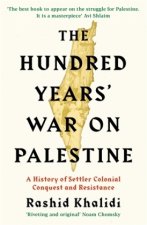
Hundred Years' War on Palestine
356 Kč -
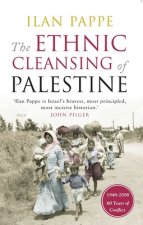
Ethnic Cleansing of Palestine
378 Kč -

History of Japan
403 Kč -
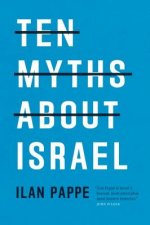
Ten Myths About Israel
341 Kč -
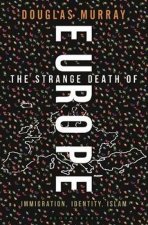
Strange Death of Europe
433 Kč -
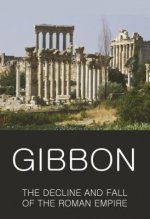
Decline and Fall of the Roman Empire
139 Kč -
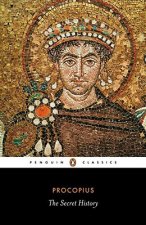
Secret History
302 Kč -

God's Playground A History of Poland
1699 Kč -
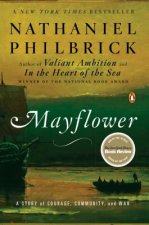
Mayflower
401 Kč -

How to be a Victorian
302 Kč -

Plantagenets
356 Kč -
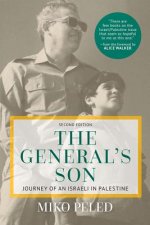
General's Son
424 Kč -
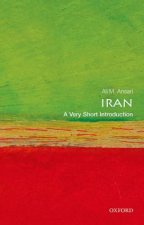
Iran: A Very Short Introduction
283 Kč -
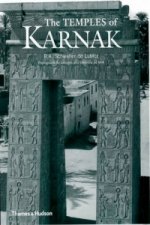
Temples of Karnak
3798 Kč -
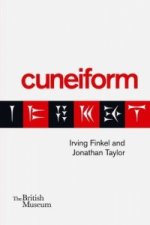
Cuneiform
276 Kč -
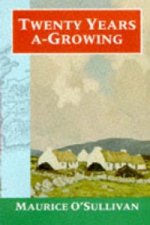
Twenty Years A-Growing
249 Kč -
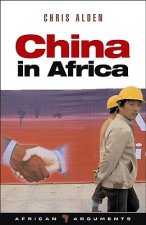
China in Africa
906 Kč -
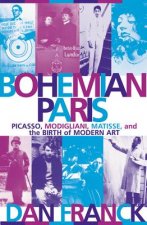
Bohemian Paris
415 Kč -
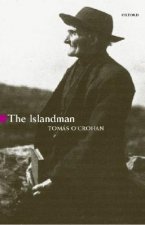
Islandman
282 Kč -
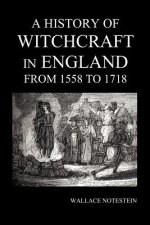
History of Witchcraft in England from 1558 to 1718
460 Kč -

Lancaster And York
493 Kč -
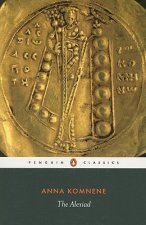
Alexiad
440 Kč -
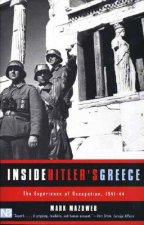
Inside Hitler's Greece
517 Kč -

Modern France: A Very Short Introduction
336 Kč -
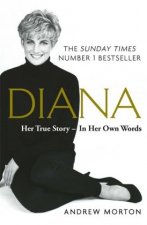
Diana: Her True Story - In Her Own Words
323 Kč -
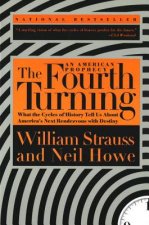
The Fourth Turning
476 Kč -
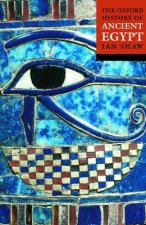
The Oxford History of Ancient Egypt
383 Kč -
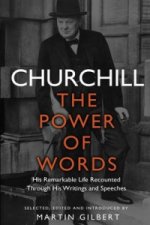
Churchill: The Power of Words
433 Kč -
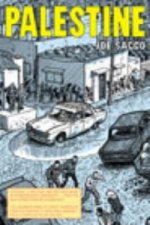
Palestine
564 Kč -
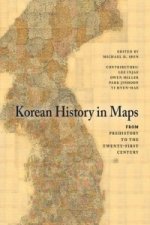
Korean History in Maps
706 Kč -
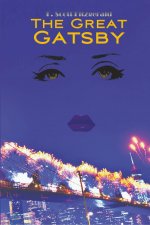
Great Gatsby (Wisehouse Classics Edition)
406 Kč -
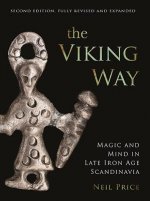
Viking Way
1267 Kč -
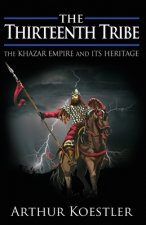
The Thirteenth Tribe
309 Kč -
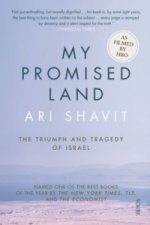
My Promised Land
378 Kč -

Vanished Kingdoms
542 Kč -
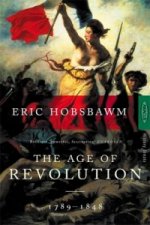
Age Of Revolution
410 Kč -

Life and Death of Anne Boleyn
584 Kč -

Coming of the Third Reich
463 Kč -
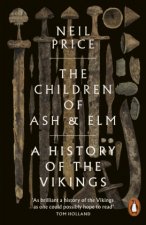
Children of Ash and Elm
487 Kč -
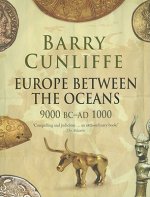
Europe Between the Oceans
799 Kč -
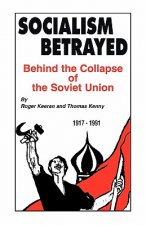
Socialism Betrayed
478 Kč -
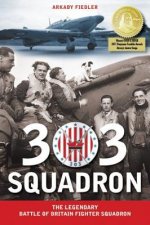
303 Squadron
463 Kč -

Ancient Celts, Second Edition
655 Kč -
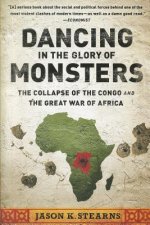
Dancing in the Glory of Monsters
400 Kč -

Battle of Britain: Luftwaffe Blitz (Images of War)
655 Kč -
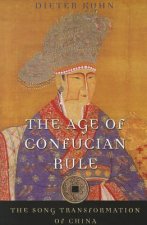
Age of Confucian Rule
851 Kč -
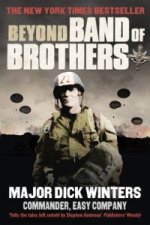
Beyond Band of Brothers
410 Kč -
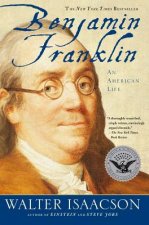
Benjamin Franklin
410 Kč -
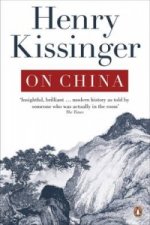
On China
487 Kč
Osobní odběr Praha, Brno a 12903 dalších
Copyright ©2008-24 nejlevnejsi-knihy.cz Všechna práva vyhrazenaSoukromíCookies



 Vrácení do měsíce
Vrácení do měsíce 571 999 099 (8-15.30h)
571 999 099 (8-15.30h)